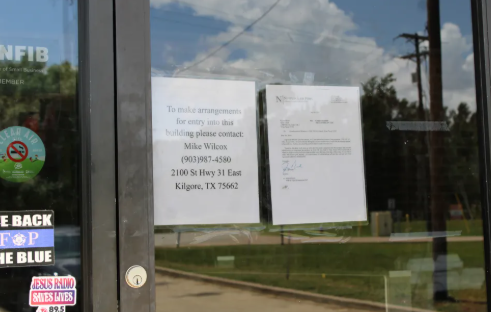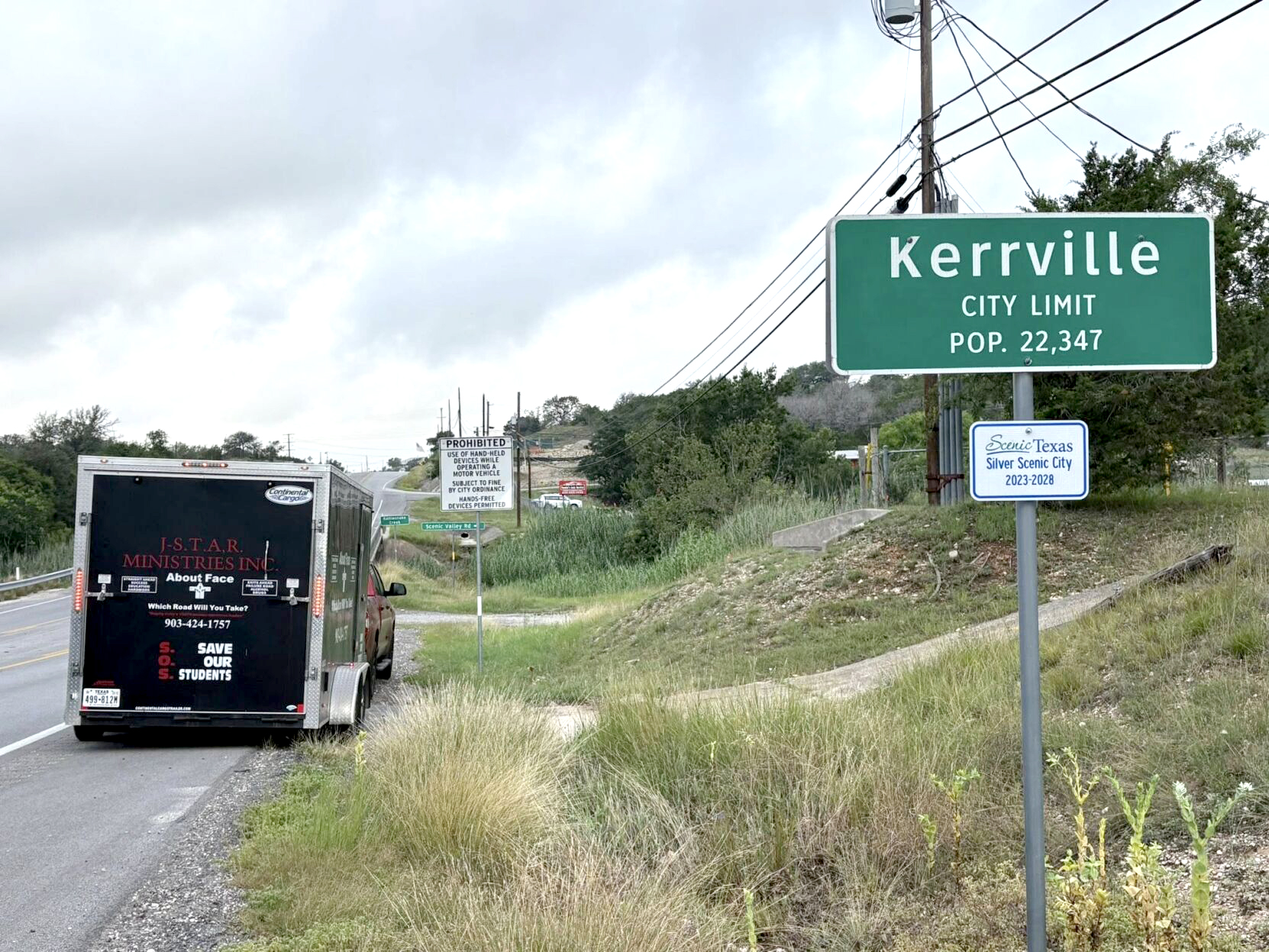We’re getting some accountability for the opioid crisis – long after victims are dead
Published 12:39 pm Friday, September 6, 2019
The endgame may be at hand for massive litigation pitting major pharmaceutical-makers against thousands of states, municipalities, tribes and other plaintiffs seeking accountability and compensation for the epidemic of prescription opioid overdoses that has ravaged the United States over the past two decades. An Oklahoma judge has held Johnson & Johnson liable for that state’s opioid problems, imposing a $527 million penalty. And Purdue Pharma, widely blamed for triggering overprescription of the OxyContin opioid through allegedly misleading marketing, is in talks to settle the cases for up to $12 billion.
The Oklahoma judge’s embrace of an expansive legal theory of liability was a particularly ominous sign for the industry. Reported terms of the Purdue settlement, meanwhile, would involve payment of $3 billion by members of the Sackler family, which owns the firm, followed by the company’s bankruptcy and its reorganization into a new corporation for the benefit of opioid epidemic victims.
Trending
Does this mean justice is about to be done? Much remains to be determined, starting with the actual details of the proposed Purdue deal and the willingness of other defendant companies to make similar offers before the consolidated trial in an Ohio federal court begins Oct. 21. Under the reported terms of the Purdue settlement, much of the money would depend on future sales of its drugs, which seems inappropriate, to put it mildly.
What is clear, though, is that the pharmaceutical industry faces a possible reckoning like that which Big Tobacco once faced — and for a public-health catastrophe as devastating, in its own way, as the one smoking wrought. More than 400,000 people have died from opioid overdoses since 1999, according to the Centers for Disease Control and Prevention, including the toll from both prescription drugs and the follow-on epidemic of illicit heroin and fentanyl. The lawsuits send a powerful, necessary message: When so much avoidable death occurs, someone — maybe more than one someone — is at fault.
This is as it should be. Whether settled out of court or litigated to an ultimate finding of liability, however, civil justice in a matter such as this can be only rough justice. Responsibility for the opioid disaster extends well beyond the corporate makers and distributors of the pills, to include prescribers, pharmacists and regulators. In many ways, the opioid crisis illustrates what economists call regulatory capture: Gatekeepers in both the public and private sectors bought into the idea, promoted by industry and by many doctors, that pain was vastly undertreated and that new, extended-release opioid formulations would not be addictive. Starting in the late 1990s, they abandoned medicine’s traditional reluctance to use opioids for non-cancer pain, and the rate of death from overdose, previously minuscule, began its upward march.
That the responsible authorities so often acted with good intentions only compounds the tragedy and reinforces its central lesson: Profit can be a powerful incentive to innovate in medicine but also a powerful incentive to gamble with public health. The best hope for prevention lies in regulators armed not only with sufficient legal authority but also a healthy sense of skepticism. Litigation can bring accountability and compensation only retrospectively — that is, long after the victims are already dead.
— The Washington Post






